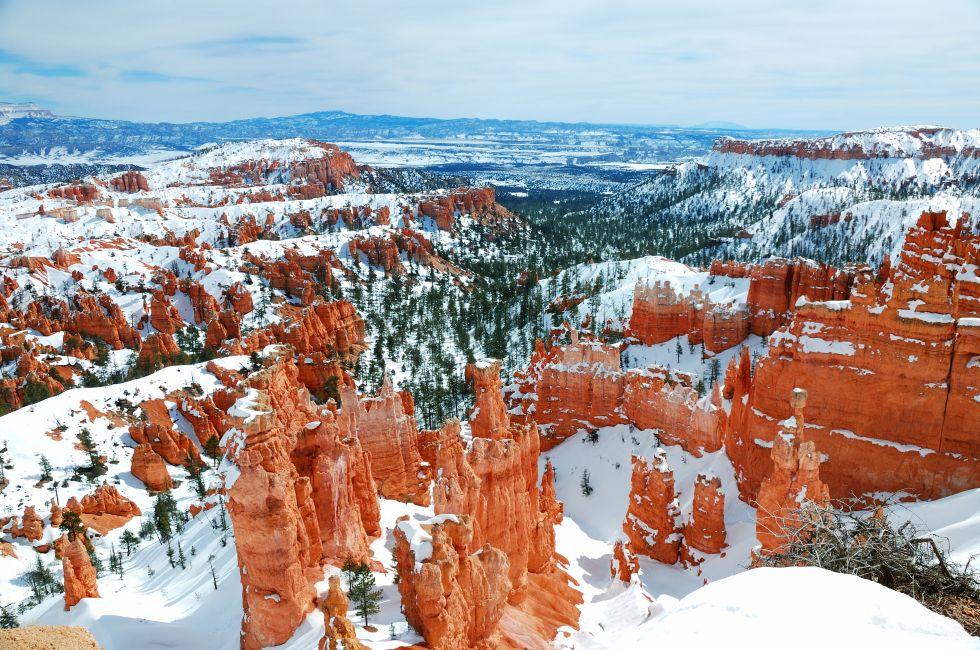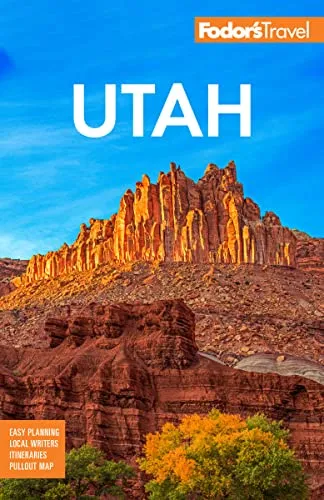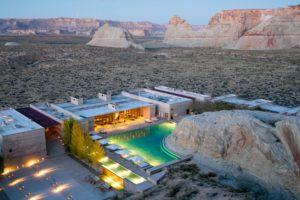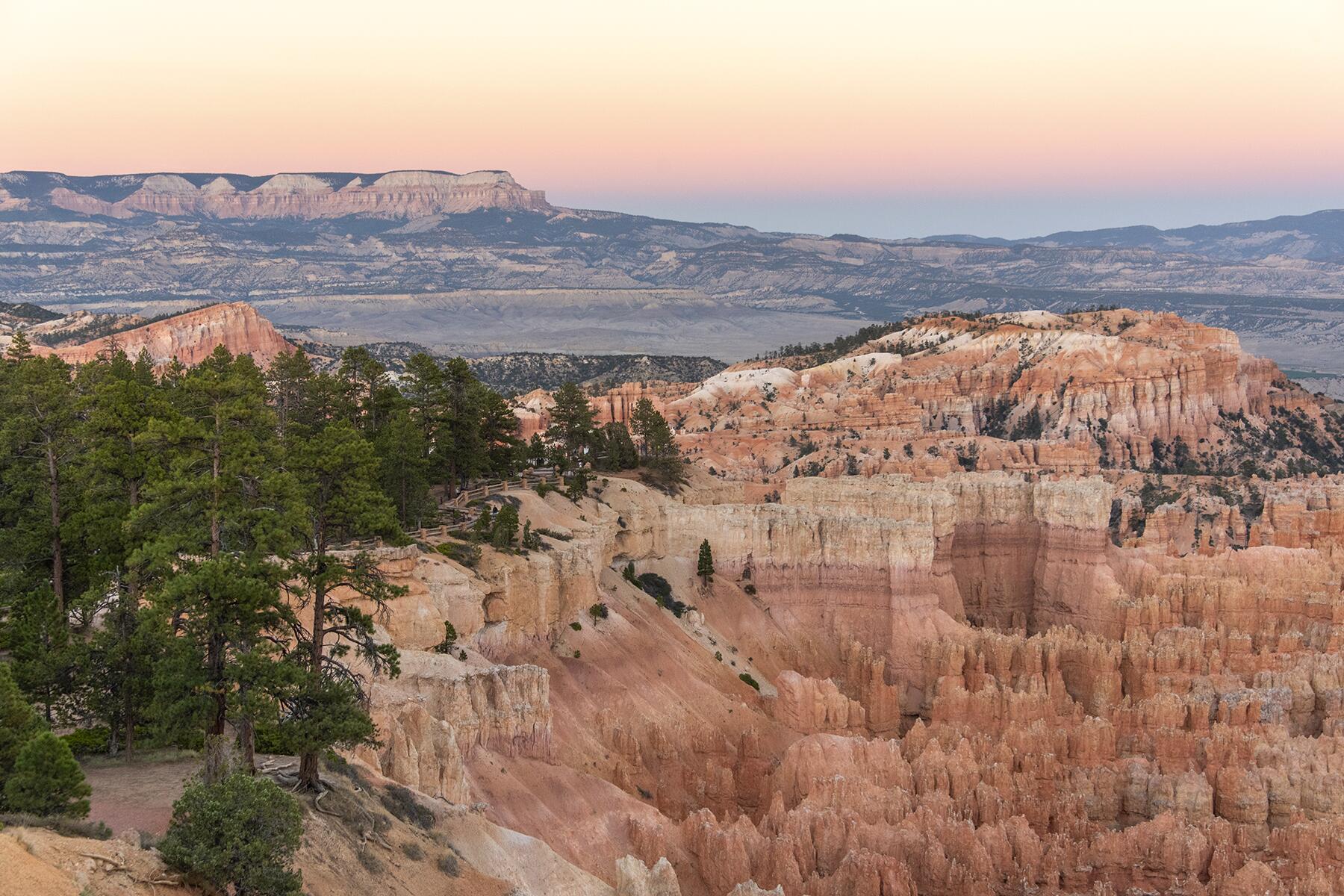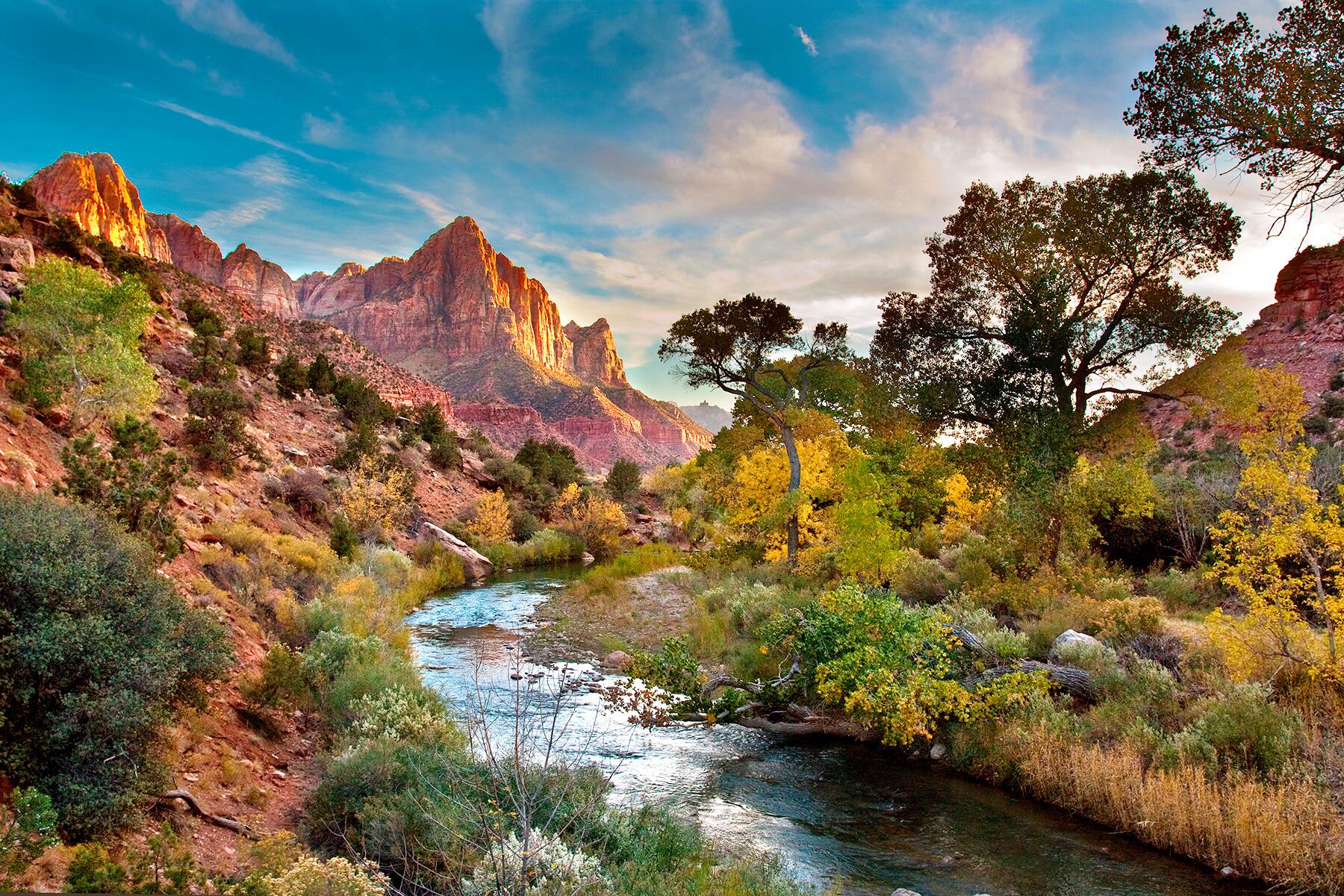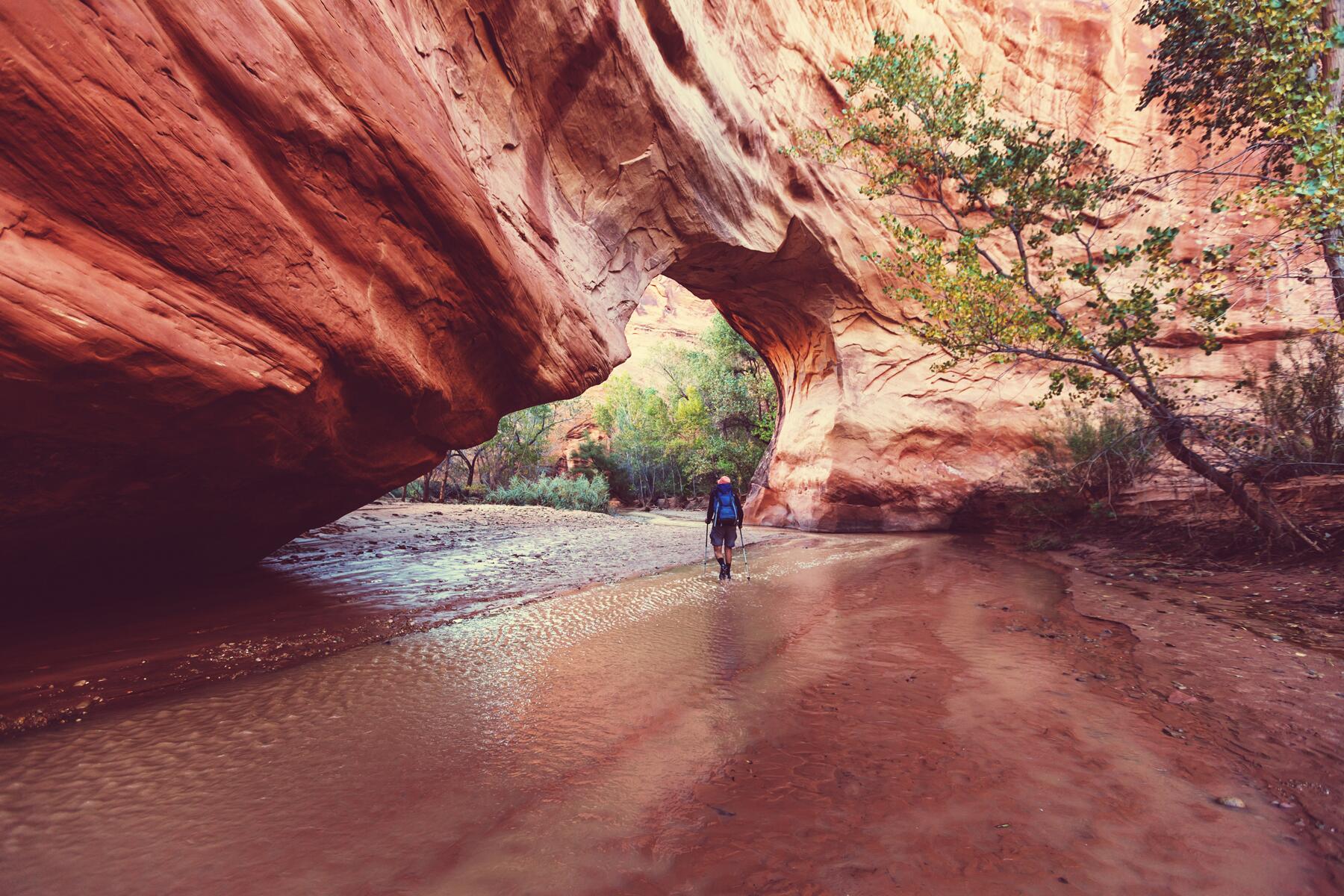Bryce Canyon National Park
Bryce Canyon National Park
A land that captures the imagination and the heart, Bryce is a favorite among the Southwest's national parks. Although its splendor had been well known for decades, Bryce Canyon wasn't designated a national park until 1928. Bryce Canyon is famous for its fanciful hoodoos, best viewed at sunrise or sunset, when the light plays off the red rock.
In geological terms, Bryce is actually an amphitheater, not a canyon. The hoodoos in the amphitheater took on their unusual shapes because the top layer of rock—cap rock—is harder than the layers below it. If erosion undercuts the soft rock beneath the cap too much, the hoodoo will tumble. Bryce continues to evolve today, but the hoodoos are a permanent feature; old ones may die, but new ones are constantly forming as the amphitheater rim re...
Read MoreA land that captures the imagination and the heart, Bryce is a favorite among the Southwest's national parks. Although its splendor had been well known for decades, Bryce Canyon wasn't designated a national park until 1928. Bryce Canyon is famous for its fanciful hoodoos, best viewed at sunrise or sunset, when the light plays off the red rock.
In geological terms, Bryce is actually an amphitheater, not a canyon. The hoodoos in the amphitheater took on their unusual shapes because the top layer of rock—cap rock—is harder than the layers below it. If erosion undercuts the soft rock beneath the cap too much, the hoodoo will tumble. Bryce continues to evolve today, but the hoodoos are a permanent feature; old ones may die, but new ones are constantly forming as the amphitheater rim recedes.
